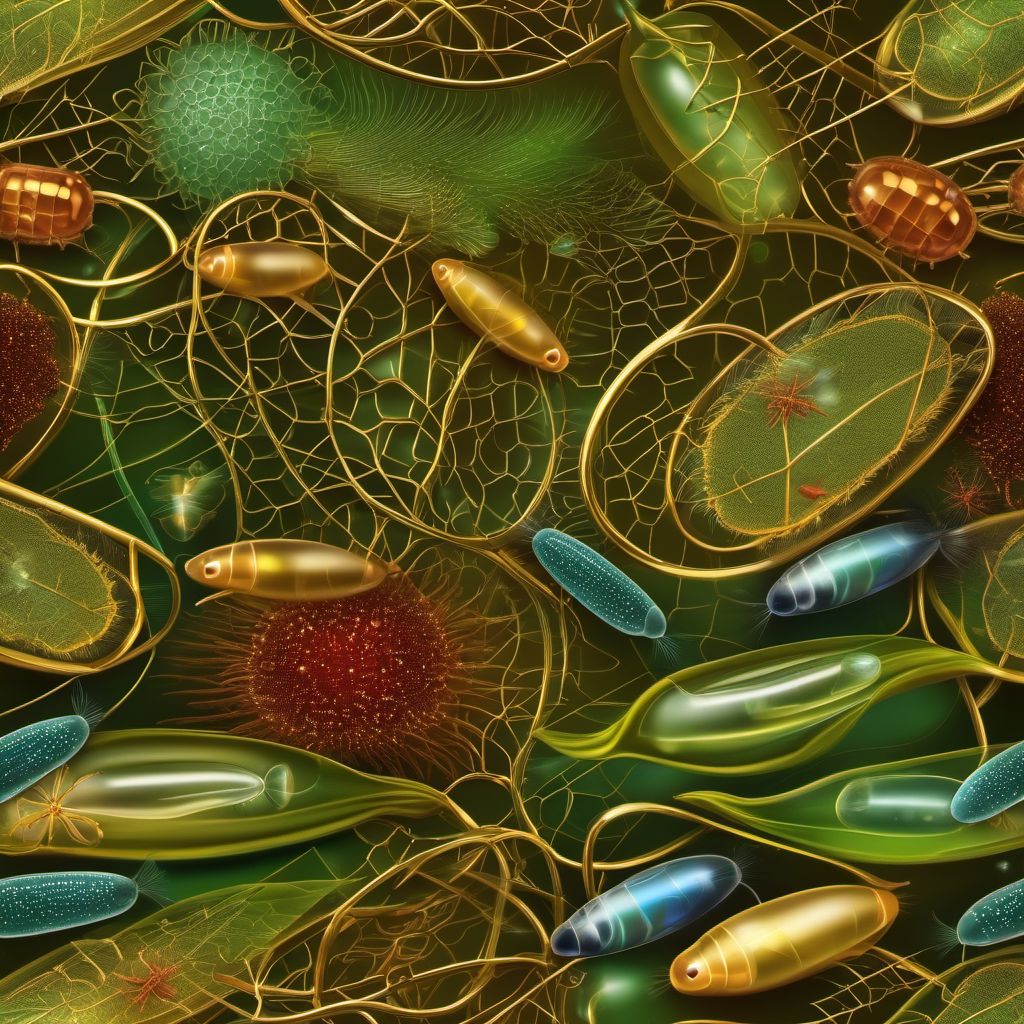
Cholera: A Dangerous Waterborne Disease
Cholera is a highly contagious bacterial disease that spreads through contaminated water and food. It is caused by the bacterium Vibrio cholerae, which releases a toxin that causes severe diarrhea and dehydration. The disease is primarily found in areas with poor sanitation and limited access to clean water, such as developing countries.
- Symptoms: The symptoms of cholera include diarrhea, vomiting, and dehydration. In severe cases, patients may experience rapid heart rate, low blood pressure, and muscle cramps. If left untreated, cholera can be life-threatening.
- Treatment: The treatment for cholera involves rehydration therapy, which involves replacing fluids and electrolytes lost through diarrhea and vomiting. In severe cases, patients may require intravenous fluids and antibiotics to treat the infection.
- Prevention: The best way to prevent cholera is to ensure access to clean water and proper sanitation. Other preventive measures include washing hands frequently with soap and water, avoiding raw or undercooked seafood, and avoiding water and ice of unknown purity.
Cholera outbreaks can be devastating, particularly in areas with poor healthcare infrastructure. In addition to the human toll, outbreaks can also have significant economic and social impacts. It is important to invest in improving sanitation and water infrastructure to prevent the spread of cholera and other waterborne diseases.
Overall, cholera is a dangerous disease that can have serious consequences if left untreated. It is important to be aware of the symptoms and take preventive measures to avoid infection. If you suspect that you or someone you know may have cholera, seek medical attention immediately.